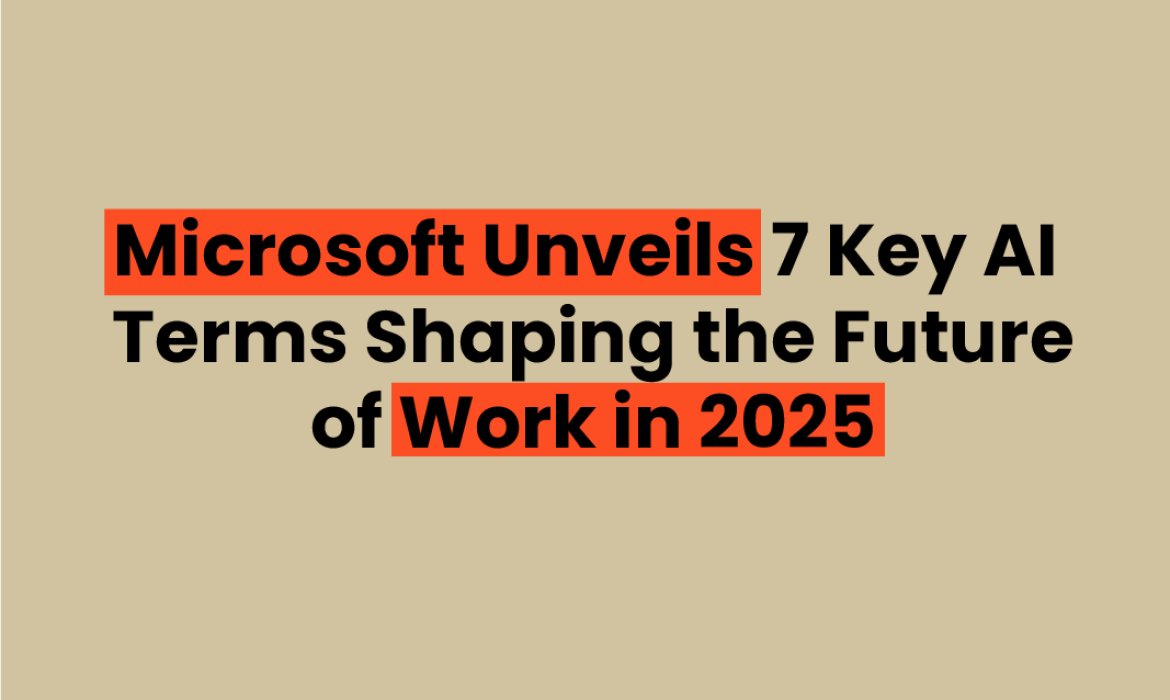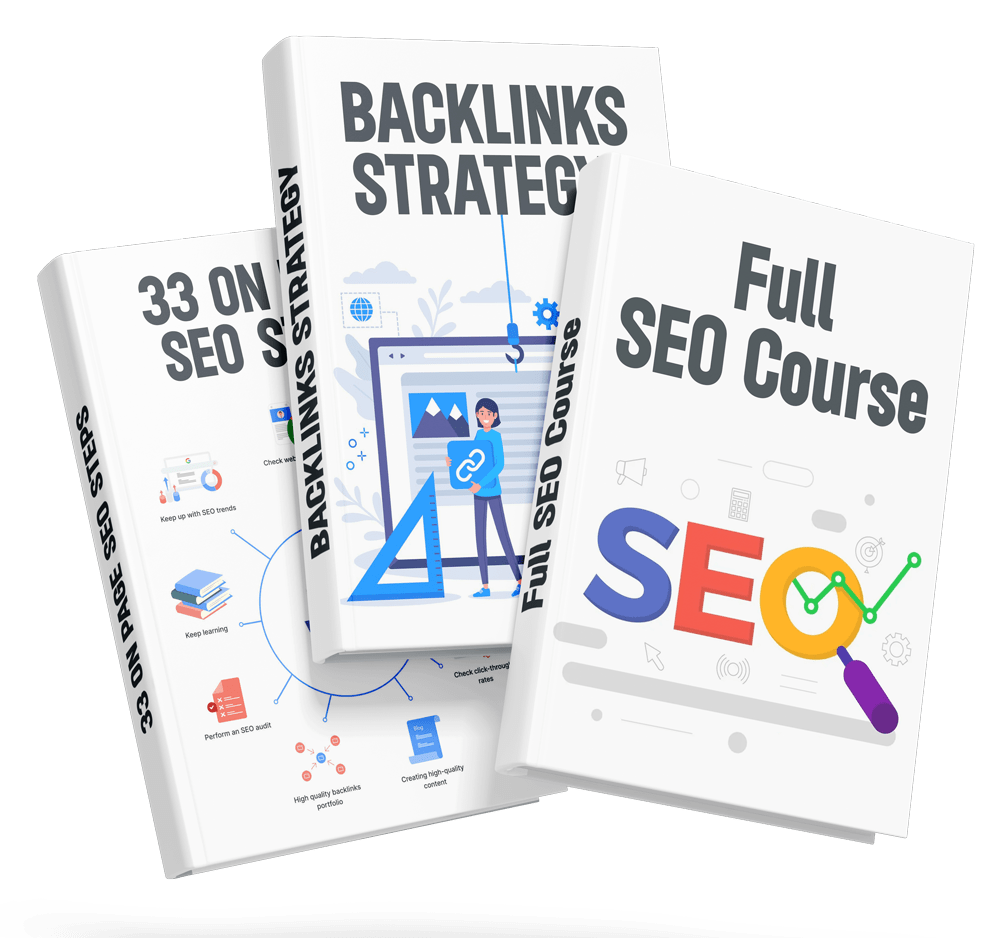Microsoft has released its 2025 Annual Work Trend Index, signaling a major shift in how organizations will operate in the AI-powered future. Alongside this report, the tech giant introduced a fresh set of AI-driven workplace terms that offer a glimpse into what they call the next generation of intelligent business.
From “Frontier Firms” to “Agent Bosses,” these terms are more than buzzwords—they reflect how Microsoft sees the AI revolution reshaping workforce dynamics and productivity models.
The 7 New AI Terms Microsoft Wants You to Understand
- Frontier Firm
Microsoft defines a Frontier Firm as an organization that fully integrates AI, human-agent collaboration, and task automation into its core operations.
According to the report, 71% of employees in these AI-centric companies say their businesses are thriving—significantly higher than the global average of 37%.
- Intelligence on Tap
This term highlights the on-demand availability of AI—affordable, scalable, and easily integrated into workflows.
Microsoft positions this concept as a shift away from limited human bandwidth toward AI tools that can be accessed like cloud-based utilities, through platforms like Microsoft 365 Copilot.
- The Capacity Gap
This refers to the increasing gap between business demands and human capabilities. Microsoft found that:
- 53% of business leaders expect productivity to rise
- 80% of employees feel they lack the time or energy to meet expectations
AI is being presented as the bridge to close this widening capacity gap.
- Work Charts
Ditch traditional organizational charts. Microsoft envisions Work Charts—adaptive team structures that combine humans and AI agents.
This model prioritizes flexibility, output, and collaboration, rather than rigid hierarchies.
- Human-Agent Ratio
This metric defines the ideal balance between AI agents and human team members.
Leaders are encouraged to analyze how many AI systems are required to support tasks and how many human supervisors are needed to manage and guide them. This concept redefines team staffing and operational planning.
- Agent Boss
An Agent Boss is someone who doesn’t just manage people—but also builds, instructs, and supervises AI agents.
Microsoft predicts that in just five years:
- 41% of teams will train AI agents
- 36% will regularly manage them as part of everyday responsibilities
- Digital Labor
Rather than replacing employees, Microsoft brands AI automation as Digital Labor—a workforce extension.
Their data reveals that 82% of business leaders plan to incorporate digital labor to scale operations within the next 18 months.
Yet, this shift prompts broader conversations about job transitions, ethical AI use, and upskilling for the modern workforce.
Microsoft’s Bigger Picture: AI-First Workplaces
These terms are more than theoretical. Microsoft has already started aligning its products—like Copilot Notebooks, AI Researcher agents, and enhanced search capabilities—to fit within this AI-centric ecosystem.
“2025 will be remembered as the year the Frontier Firm was born,”
– Jared Spataro, CMO of AI at Work, Microsoft
Microsoft’s vision is clear: businesses must evolve beyond AI trials and embed intelligent systems at the heart of their operations.
Final Thoughts
Whether or not these specific terms catch on, the direction is undeniable. AI is moving from an optional tool to a core business function.
Even if you’re not ready to label yourself an “agent boss,” understanding these concepts could give you a competitive edge as the workplace continues to evolve.



